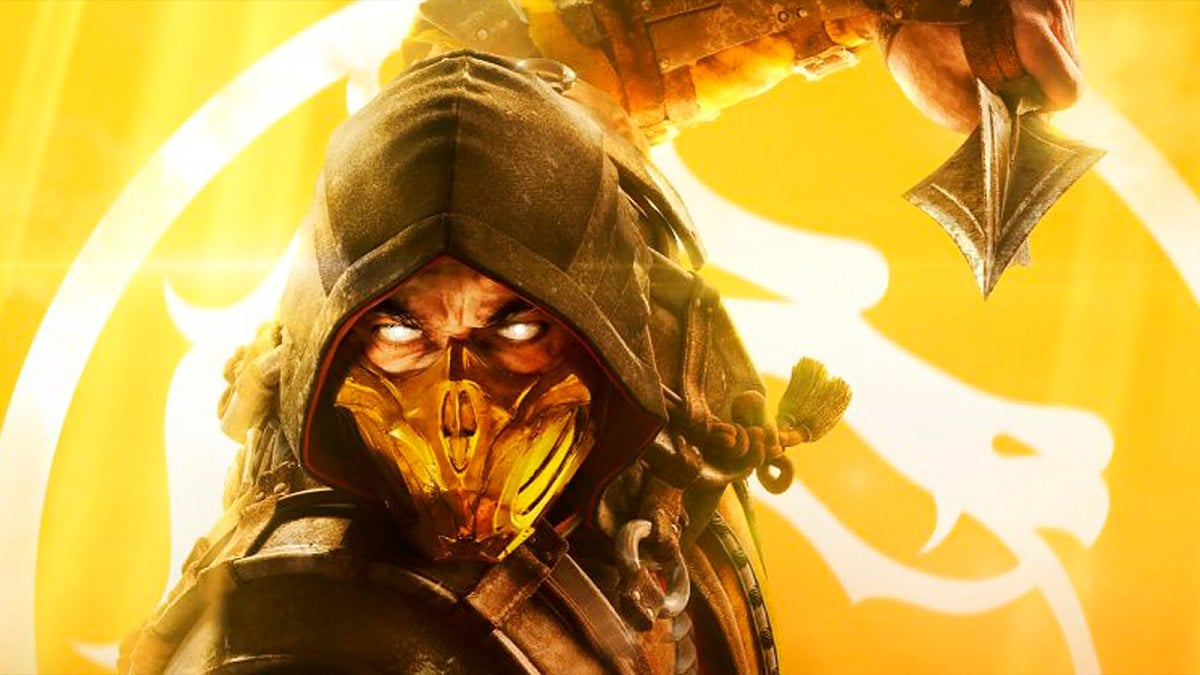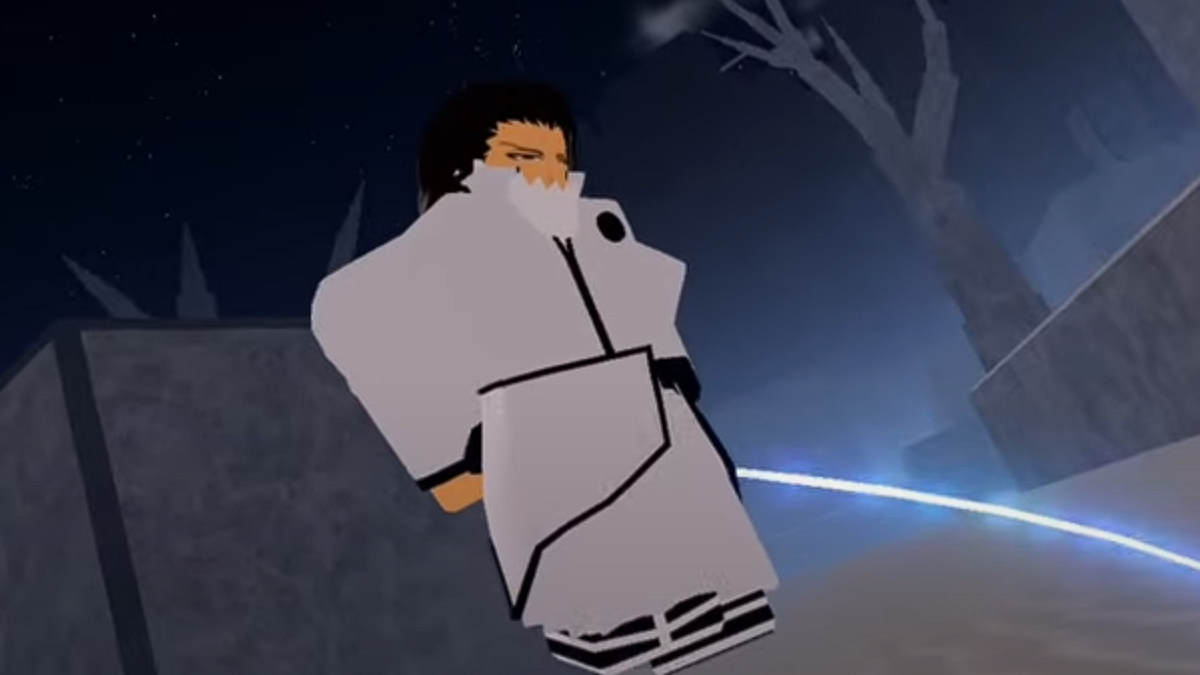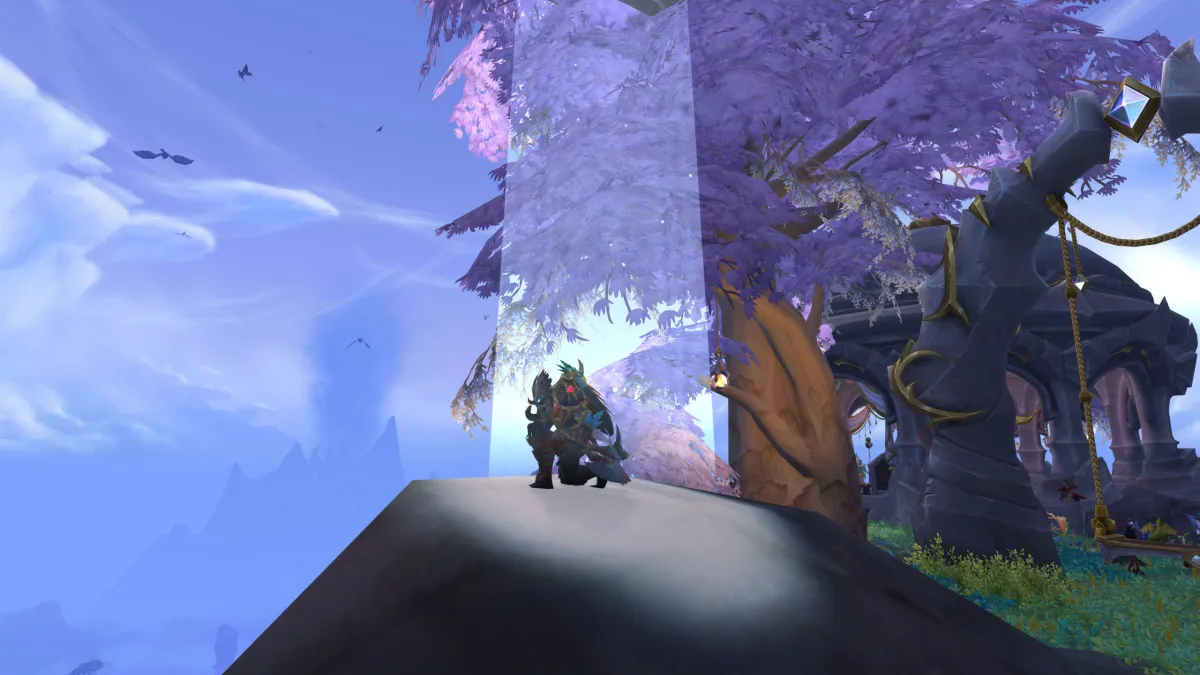The Mortal Kombat series has been out for over thirty years now. That’s twice the age of many of the people playing it nowadays, which makes it easy to forget how far the series has come. Some games are indisputable classics that have stood the test of time, while others don’t quite reach that bar. Still, they’re all part of Mortal Kombat‘s legacy, so a little history lesson is in order.
Below, you’ll find the full lineage of this classic fighting game franchise.
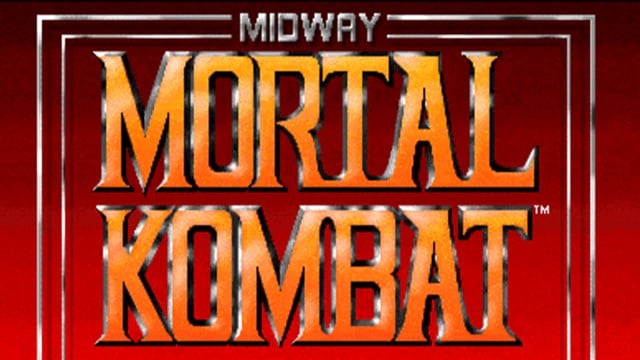
Mortal Kombat (1992)
The first Mortal Kombat game was the one that started it all. Though not on par with Street Fighter 2, the fighting genre’s gold standard at the time, it more than made up for that via the inclusion of then-unseen amounts of gore.
Ever heard old folks complaining about how games are too violent? This is the game you gotta thank for that.
Fun Fact: Did you know that the original Mortal Kombat changed video game box art forever? No, not in the sense that every game copied its beautiful cover art. I mean, its violence led to the creation of the ESRB, which, therefore, made every game feature an age rating on its cover.
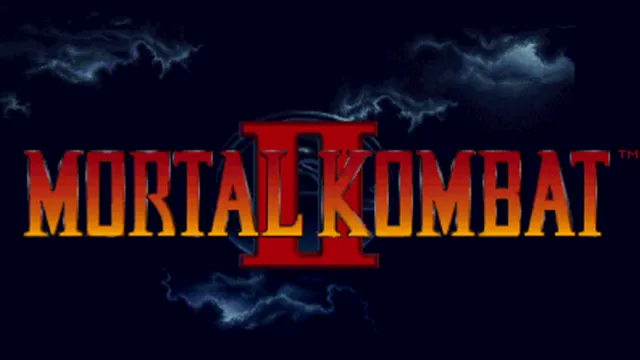
Mortal Kombat II (1993)
By today’s standards, Mortal Kombat II would feel more like an upgraded Mortal Kombat than a full sequel. Still, it’d be a damn great upgrade.
They nearly doubled the roster for the sequel. Also, instead of facing off against Shang Tsung, a mighty sorcerer in the canon but just a normal playable character gameplay-wise, we’d have to take down Shao Khan, the absurdly overpowered ruler of the Outworld.
And the additions didn’t stop with the characters. MK2 brought more fatalities and also introduced the “Babality” and “Friendship” finishers. So much for Mortal Kombat not being a family-friendly series.
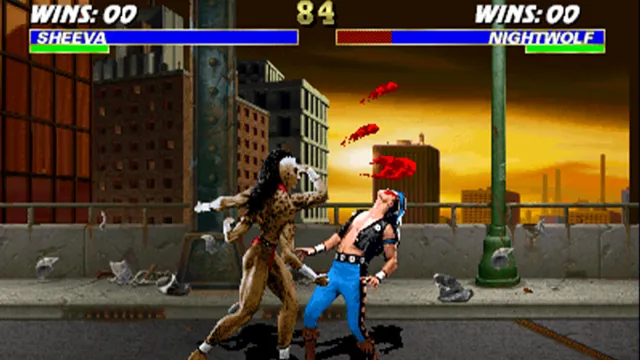
Mortal Kombat 3 (1995)
Mortal Kombat 3 was once again just a bigger but not necessarily better version of its predecessor. Even though it added the “Animality” finisher, it also seemed to have lost some of the grit of the previous two games.
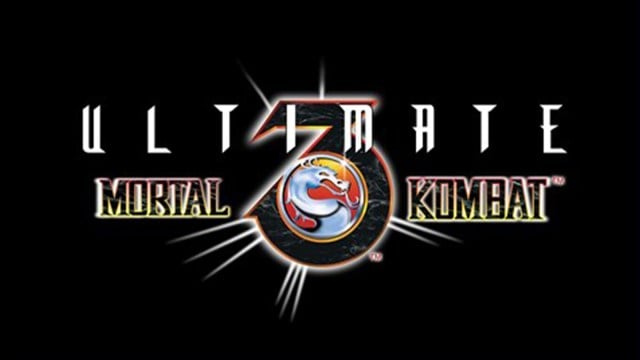
Ultimate Mortal Kombat 3 (1995)
Ultimate Mortal Kombat 3 is, you guessed it, the definitive version of MK3. It’s arguably better, though, as it features much better AI and, therefore, way more challenging enemies for die-hard players. UMK3 is also the introduction of the infamous “Brutality” finisher, akin to the Ultra Combo finisher from Killer Instinct.

Mortal Kombat Trilogy (1996)
Despite the title, Mortal Kombat Trilogy wasn’t a rerelease of the first three (four?) games in the trilogy. Rather, it’s a single game that acts like a “best of” of sorts. It features all the arenas from Mortal Kombat 2 and 3, with a few from the original game.
Mortal Kombat Trilogy also introduced the aggressor mechanic, which aims to benefit the most aggressive player by granting them extra speed and damage for a short period of time.

Mortal Kombat Mythologies: Sub-Zero (1997)
Mortal Kombat Mythologies: Sub Zero remains the second of the largest duds in the history of the franchise. Mythologies was an attempt at a sidescrolling action game starring Sub-Zero, but it fell far short of expectations due to a combination of greatly outdated mechanics and new-but-awful ones.
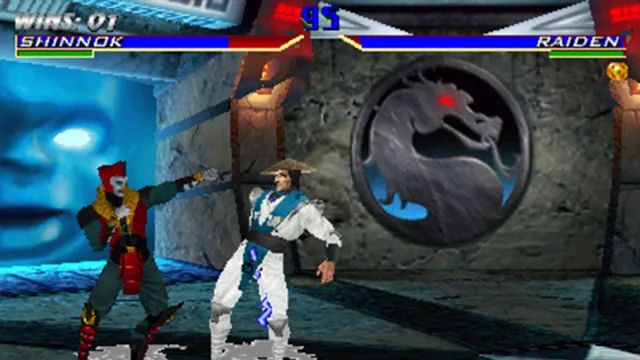
Mortal Kombat 4 (1997)
Mortal Kombat 4 tried to follow Tekken’s lead and make the jump to 3D, but it still had a lot to learn. While not terrible, MK4 felt barely capable of holding its own against the already outdated Tekken 2, let alone Tekken 3, the new gold standard of 3d fighting games.

Mortal Kombat Gold (1999)
Mortal Kombat 4 failed to get anyone hyped, so Midway rebranded it as Mortal Kombat Gold when they ported it to the Dreamcast. Though it had better graphics than the PS1 version, critics still reviewed this one harshly.
Mortal Kombat Gold also suffered from serious bugs upon release, so Midway released a revised version just a month after the original release. It fixed most of the game’s problems, but it still didn’t make it good.
Mortal Kombat: Special Forces (2000)
Mortal Kombat: Special Forces was another attempt at a spinoff, which was also another blunder. This time, we play as Jackson “Jax” Briggs as he fights off, shoots, and sometimes even blows up a bunch of generic bad guys. Wacky camera angles, unintuitive controls, and straight-up unfun action prevent this one from deserving to share the name with even MK4.
Mortal Kombat Advance (2001)
This is a Game Boy Advance remake of Ultimate Mortal Kombat 3, aka Mortal Kombat 3: 2, and it just isn’t good. The graphics are terrible, and so is the gameplay. Electronic Gaming Monthly described its AI as utterly dumb and somehow unfair at the same time. Don’t get this one.
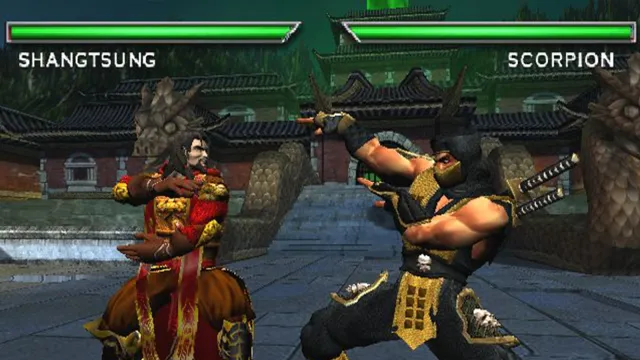
Mortal Kombat: Deadly Alliance (2002)
Mortal Kombat: Deadly Alliance is the first mainline title in the series after MK4 forced it into dormancy back in ’97. It does a much better job of making use of the three-dimensional space and also introduces some neat gameplay elements like weapons and the option to swap between fighting styles on the go. Deadly Alliance proved that the mainline series wasn’t going anywhere but up.
Mortal Kombat: Tournament Edition (2003)
Mortal Kombat: Tournament Edition is a port of Deadly Alliance for the Game Boy Advance. One could expect an absolute failure since the company had previously fallen on its face when attempting to port the much simpler Mortal Kombat 3 to the Game Boy, but this one actually turned up quite well.

Mortal Kombat: Deception (2004)
Mortal Kombat: Deception is the direct sequel to Deadly Alliance and it improves upon the predecessor in most ways. It also features a new campaign aptly called Konquest. It also comes with the Puzzle Kombat and Chess Kombat minigames, giving you more to do.
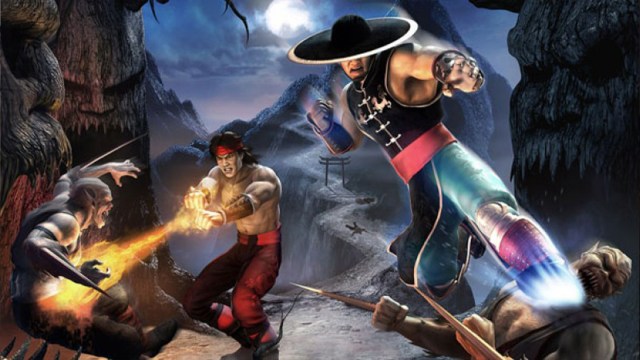
Mortal Kombat: Shaolin Monks (2005)
Mortal Kombat: Shaolin Monks is yet another Mortal Kombat spinoff, and guess what… this one isn’t actually bad at all! Shaolin Monks is a co-op prequel that invites players to choose either Kung Lao or Liu Kang as they face off against the hordes of Shang Tsung in a bunch of arena-like levels.
Fans liked Shaolin Monks so much that it nearly spawned a sequel where we played as Sub Zero and Scorpion. Sadly, budget constraints forced the company to cancel the project.

Mortal Kombat: Armageddon (2006)
Mortal Kombat: Armageddon is the final entry in the Playstation 2 era Mortal Kombat. If there’s one thing you can say about Armageddon, it’s that it is big. This thing features 62 playable characters, meaning that Armageddon has one of the biggest rosters in the history of fighting games. Aside from that, it doesn’t really change much of its winning formula aside from the new Konquest mode, which rocks.
Mortal Kombat: Unchained (2006)
Mortal Kombat: Unchained honors the series’ longstanding tradition of giving new and exciting names to inferior versions of stuff that already existed. Unchained is just Mortal Kombat: Deception for the PSP. It naturally features worse graphics than the PS2 version, but it plays well. Unchained is one of the series’ few solid ports.
Mortal Kombat Kollection (2008)
The Mortal Kombat Kollection isn’t a new game but rather a neat re-release. Kollection is just a collector’s box that contains Deception, Armageddon, and Shaolin Monks.

Mortal Kombat vs. DC Universe (2008)
Mortal Kombat vs. DC Universe is like the DCEU movies— a late response to Marvel’s formula that fails to capture most of what its rival did so well. This game isn’t terrible, but it’s still far from the heights that this ensemble would reach in the Injustice series.

Mortal Kombat (2011)
As the name indicates, Mortal Kombat brings the series back to its roots. The MK 2011 reboots the story and brings the series’ gameplay back to the 2D realm. The result? One of the best fighting games of all time, and the beginning of the unexpected golden era of the series.
Mortal Kombat Arcade Kollection (2011)
The Mortal Kombat Arcade Kollection is a single game that includes a mildly updated version of the original trilogy. Please don’t mistake it for a Mortal Kombat Trilogy remaster, as that game is a completely different thing.
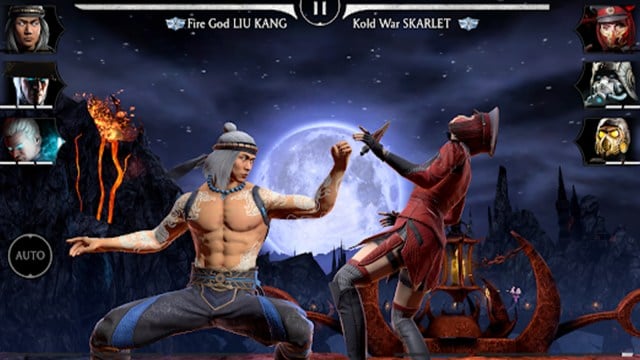
Mortal Kombat Mobile (2015)
Mortal Kombat Mobile is the series’ only real dud of the ‘2010s. MK Mobile intended to bring the series to the hardcore fighters among the iOS and Android crowd. It didn’t pan out because, guess what, phones don’t make for compelling fighting game controllers. Still, is the one where you got to play with Freddy Krueger, so at least there’s that.
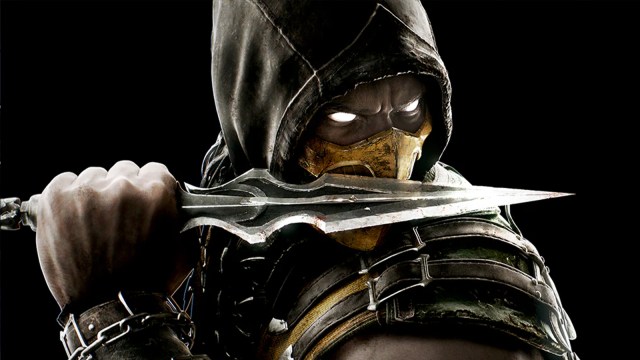
Mortal Kombat X (2015)
Mortal Kombat X continued the trend of the MK renaissance started by Mortal Kombat (2011). Many call it the best Mortal Kombat ever and the only game in the series capable of going toe to toe with the best competitive fighting games out there.
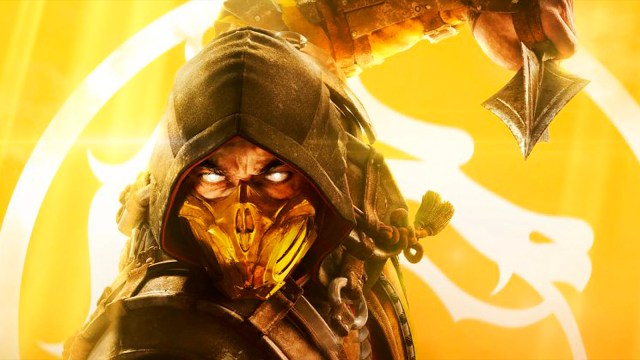
Mortal Kombat 11 (2019)
Though Mortal Kombat 11 retains the same gameplay system as its two predecessors, it features deliberately more slow-paced combat than MK X. Does this make it worse? Does it make it better? That’s really up for players to decide, as both games absolutely rock.
The only real complaint I have with 11 is that it features always online requirements and a more grind-oriented progression system.
Mortal Kombat 11: Aftermath (2020)
Aftermath is an expansion to Mortal Kombat 11. It features a new campaign that’s very neat up until the moment you realize it’s just Avengers Endgame with MK characters. From that point on, it becomes just neat.
Mortal Kombat 11: Ultimate (2020)
Mortal Kombat 11: Ultimate is the complete and final bundle, which includes the base game, Aftermath, and additional characters. It was worth the wait if you held off long enough to play.

Mortal Kombat 1 (2023)
Mortal Kombat 1 is a “requel,” which stands for a reboot that’s actually a sequel. Even though its story technically takes place in the past, it’s still a past created by present-day Liu Kang. Does that sound complicated? Well, yeah, but most franchises get their lore to crash and burn long before they reach the 12th game in the series, so this is par for the course.
Either way, the game still does what it does and gives us a pretty story to delve into, with many callbacks to the 3D era of Mortal Kombat. With constant updates to the roster and character balance, there’s more to come with this game in the years ahead.
All Mortal Kombat games in chronological order
To play all the Mortal Kombat games in order, you don’t have to play all the re-releases that were more prevalent before the 3D era. So, with that said, here’s the list of all the games in chronological order:
- Mortal Kombat: Special Forces
- Mortal Kombat Mythologies: Sub-Zero
- Mortal Kombat
- Mortal Kombat 2
- Mortal Kombat 3 (Ultimate, Trilogy)
- Mortal Kombat 4 (Gold)
- Mortal Kombat: Deadly Alliance (Tournament Edition)
- Mortal Kombat: Deception (Unchained)
- Mortal Kombat: Armageddon
- Mortal Kombat (2011)
- Mortal Kombat X (XL)
- Mortal Kombat 11 (Aftermath, Ultimate)
- Mortal Kombat 1
It would be a chore to play through Special Forces or Mythologies, but if you want the full experience, you can always just watch someone else’s playthrough. These games felt bad and aged so poorly that the novelty of how bad they are wears off quickly.
As for the absence of Shaolin Monks, it isn’t canon. However, it is one of the few spinoff games that are actually worth trying because it’s actually good. It’s a basic retelling of the first two MK games but from the perspective of Liu Kang and Kung Lao. Maybe one day, it’ll get an HD port.

